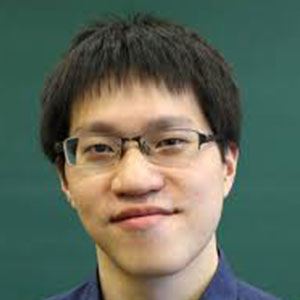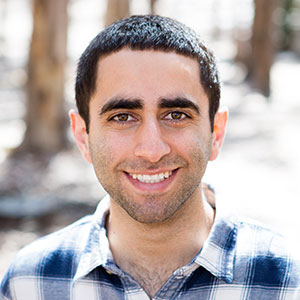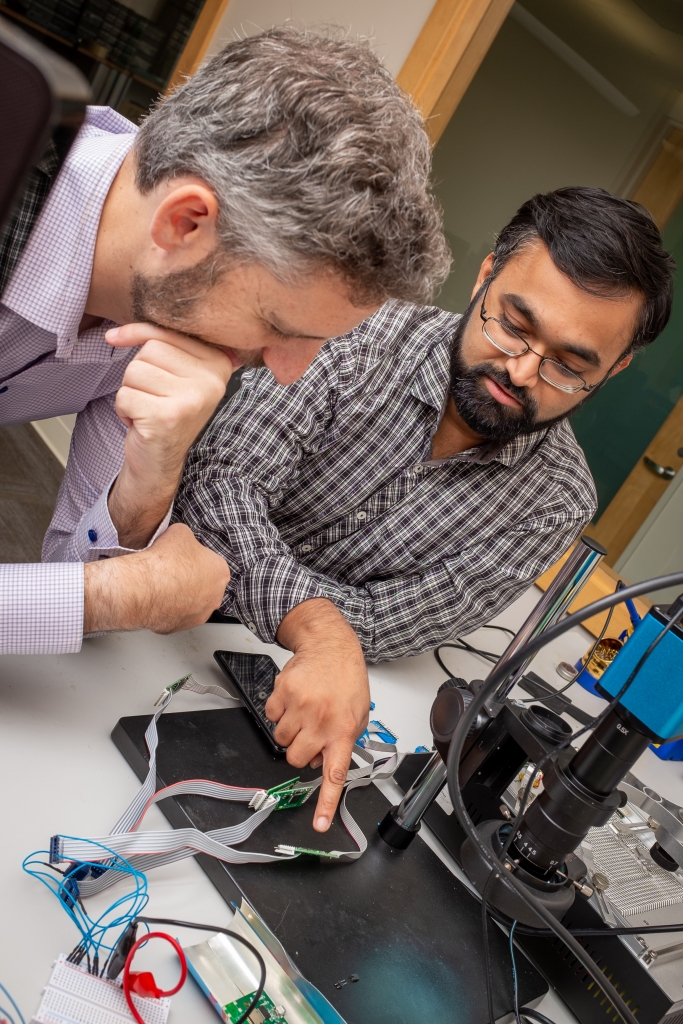New Faculty
Albert Chern
Assistant Professor

Assistant professor Albert Chern comes to CSE from the Technische Universitat Berlin, where he conducted his postdoctoral research in mathematics. Chern earned his PhD at Caltech and studies the interplay between differential geometry, algebraic topology, differential equations and computational mathematics. His work has helped generate novel applications in fluid dynamics, geometry processing and classical numerical PDE challenges, such as absorbing boundary conditions in wave computations.
Nadia Heninger
Associate Professor

Associate professor Nadia Heninger was a faculty member at the University of Pennsylvania before joining CSE. Heninger’s research focuses on security, applied cryptography and algorithms, with particular interest in cryptography in practice, cryptanalysis, privacy, computational number theory and coding theory. She is best known for identifying widespread vulnerabilities in cryptographic keys on the Internet. Heninger received her PhD at Princeton.
Rob Knight
Professor

Rob Knight, a highly regarded professor in the UC San Diego Pediatrics Department, will continue his appointment as a professor with CSE. A tireless researcher, Knight has helped revolutionize our understanding of the microbiome. He is a fellow of the American Association for the Advancement of Science and the American Academy of Microbiology and the founding director of the Center for Microbiome Innovation at UC San Diego.
Niema Moshiri
Assistant Teaching Professor

Assistant teaching professor Niema Moshiri recently received his PhD at UC San Diego. He focuses on developing high-quality, online educational materials, mostly as massive adaptive interactive texts. These can
be used in flipped classes or integrated into massive open online courses. Moshiri will also investigate open computational problems in HIV epidemiology.
Pat Pannuto
Assistant Professor

Acting assistant professor Pat Pannuto comes to CSE from UC Berkeley, where they will soon receive their PhD. Pannuto seeks to increase the digital world’s reach into the physical world. Pannuto’s work identifies opportunities for systems-based solutions that enable the study of broad classes of phenomenon that previously could not be measured. These include fine-grained interaction behavior in social groups, in-body physiology and country-scale power grid performance estimates.
Gerald Soosai Raj
Assistant Teaching Professor

Assistant teaching professor Gerald Soosai Raj comes to CSE from the University of Wisconsin-Madison, where he recently received his PhD. Soosai Raj seeks to design and evaluate student-centered methods to teach computer science to diverse learners. He studies the impact bilingual CS education has on non-native English speakers; the effectiveness of live-coding when teaching introductory programming; and bridging the gap between academia and industry.
Jingbo Shang
Assistant Professor

Acting assistant professor Jingbo Shang recently earned his PhD at the University of Illinois, Urbana-Champaign. His research focuses on developing data-driven approaches, with little human curation and labeling, to transform unstructured text data into structured heterogeneous information networks. With these tools, actionable knowledge could be flexibly and effectively uncovered based on a user’s instructions.
Yiying Zhang
Assistant Professor

Prior to joining CSE, assistant professor Yiying Zhang was at Purdue. Zhang works on the intersection between systems and security, programming languages and ML/AI. She explores new ways to build software, hardware and networking systems for the next generation of data centers by focusing on operation and distributed systems, computer architecture and data center networking. She received her PhD at the University of Wisconsin-Madison.






